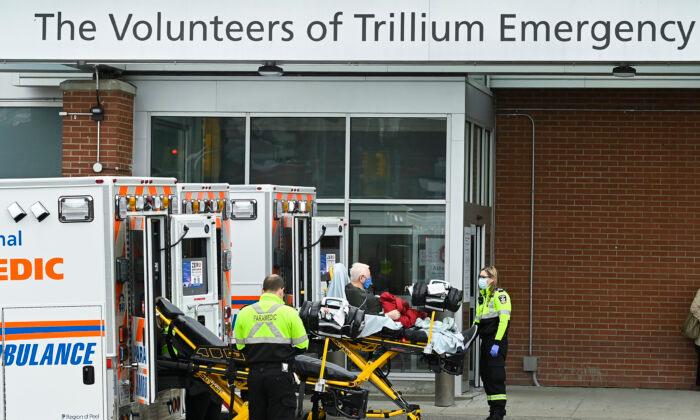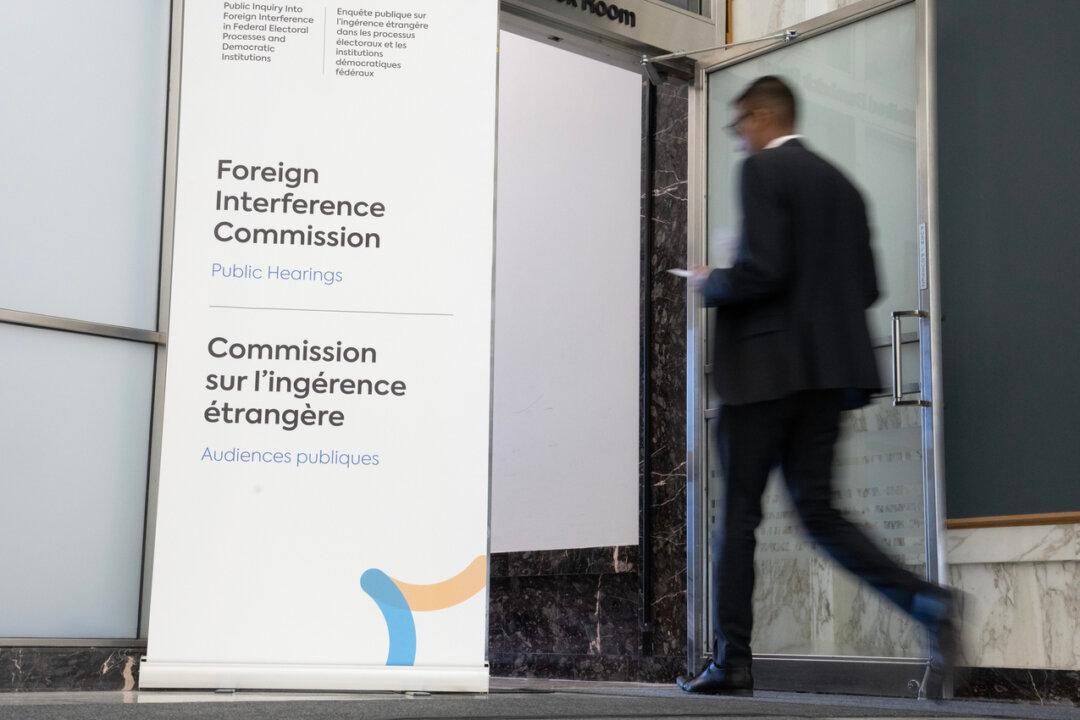The significant decline in referrals and procedures for common cardiac conditions in Ontario following the outbreak of the COVID-19 pandemic has put patients waiting for surgeries at a higher risk of dying, according to a new study.
The study, soon to be published in the Canadian Journal of Cardiology, highlights the impact of the pandemic on cardiac care and the importance of giving treatment to high-risk patients with other medical conditions.
“In the first wave of the COVID-19 pandemic, we kept hearing stories from patients and other doctors that there were delays in care for patients with heart disease,” Harindra Wijeysundera, an associate professor at the University of Toronto and lead investigator of the study, said in a news release.
“We decided to look into these claims using the Ontario database that keeps track of wait lists and wait times for individuals with heart disease who require a procedure or surgery.”
The study analyzed the data of over 584,000 adult Canadians who were referred for four common cardiac interventions between Jan. 2014 and Sept. 2020. It defines the onset of the COVID-19 pandemic as March 15, 2020, when the Ontario health authorities cancelled elective surgical procedures.
Over 37,700 of the patients analyzed were referred during the pandemic months in 2020.
While the study found a decline in referrals for surgery and procedures after March 15, the number steadily increased as the pandemic raged on. The study also observed an initial decline in the number of procedures performed.
Patients pending coronary bypass surgery or stenting were at higher risk of dying while waiting for their procedure compared to before the pandemic. The study said the mortality rates increased during the pandemic even though wait times did not, which indicates that patients may have delayed revealing their symptoms to doctors.
“We found that the increase in wait list mortality was consistent across patients with stable coronary artery disease, acute coronary syndrome, or emergency referral,” Wijeysundera said.
“Coupled with reduced referrals, this raises concerns of a care deficit due to delays in diagnosis and wait list referral.”
The researchers suggest a number of potential explanations for the decline in referrals during the pandemic, including the fear of contracting COVID-19 in the hospital and delayed testing.
In an editorial accompanying the study, researchers stressed that hospitals should not rely on self-reporting of a change in symptoms for moving outpatients on a wait list system.
The study concluded that reductions in cardiac procedural capacity to accommodate critically ill COVID-19 patients must be balanced against the real risk for wait list mortality observed.
“We believe this is highly relevant to the recovery phase of the pandemic,” Wijeysundera said.
“Efforts must target not only increasing capacity to treat patients on the wait lists, but also efforts must be made to identify upstream barriers that have prevented patients from getting on the wait list.”






Friends Read Free